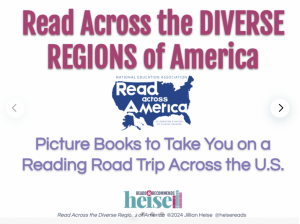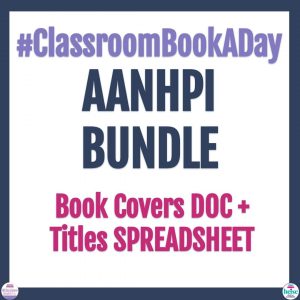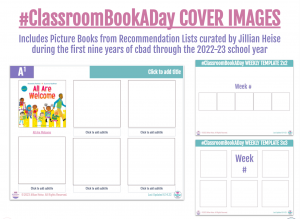Today I’m shining the spotlight on Baptiste Paul & Jacqueline Alcántara,
and also illustrated by Jacqueline Freedom Soup
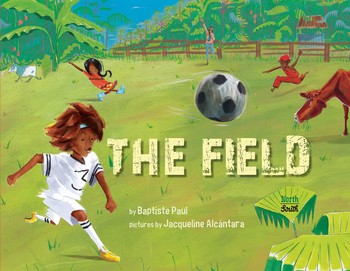
The world’s most popular and inclusive sport has found its spirited, poetic, and authentic voice in Baptiste Paul’s debut picture book—highlighting the joys of the game along with its universal themes: teamwork, leadership, diversity, and acceptance. Creole words (as spoken in St. Lucia, the author’s birthplace island in the Caribbean) add spice to the story and are a strong reminder of the sport’s world fame. Bright and brilliant illustrations by debut children’s book illustrator Jacqueline Alcántara—winner of the We Need Diverse Books Illustration Mentorship Award—capture the grit and glory of the game and the beauty of the island setting where this particular field was inspired. Soccer fan or not, the call of The Field is irresistible.
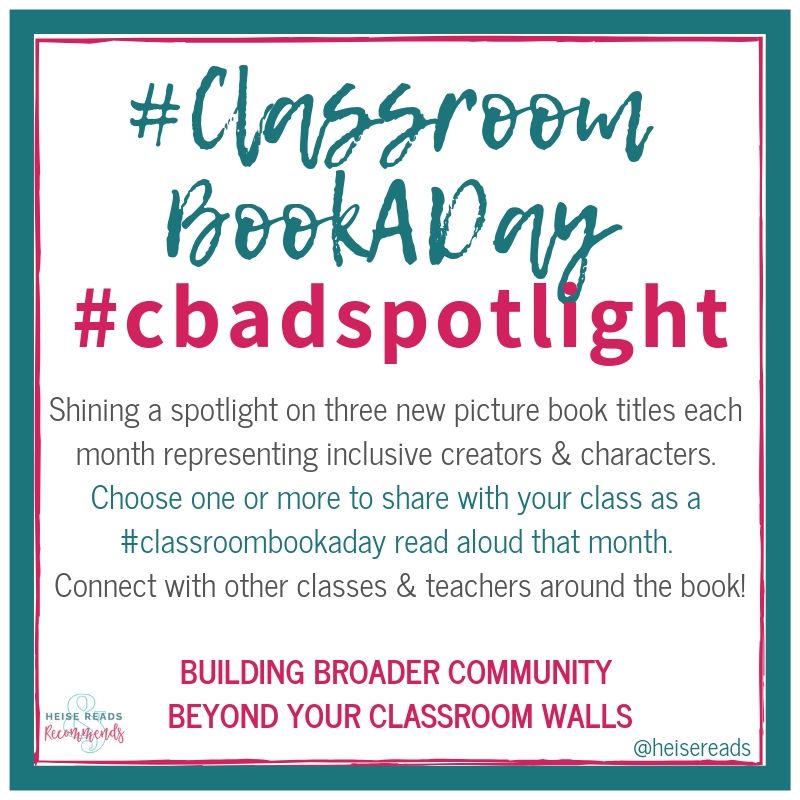
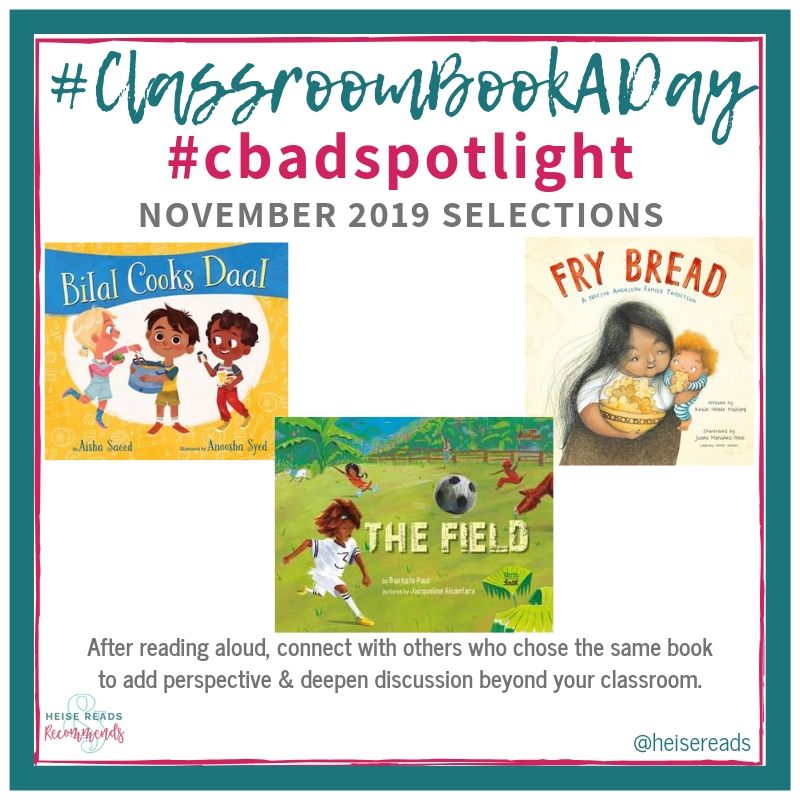
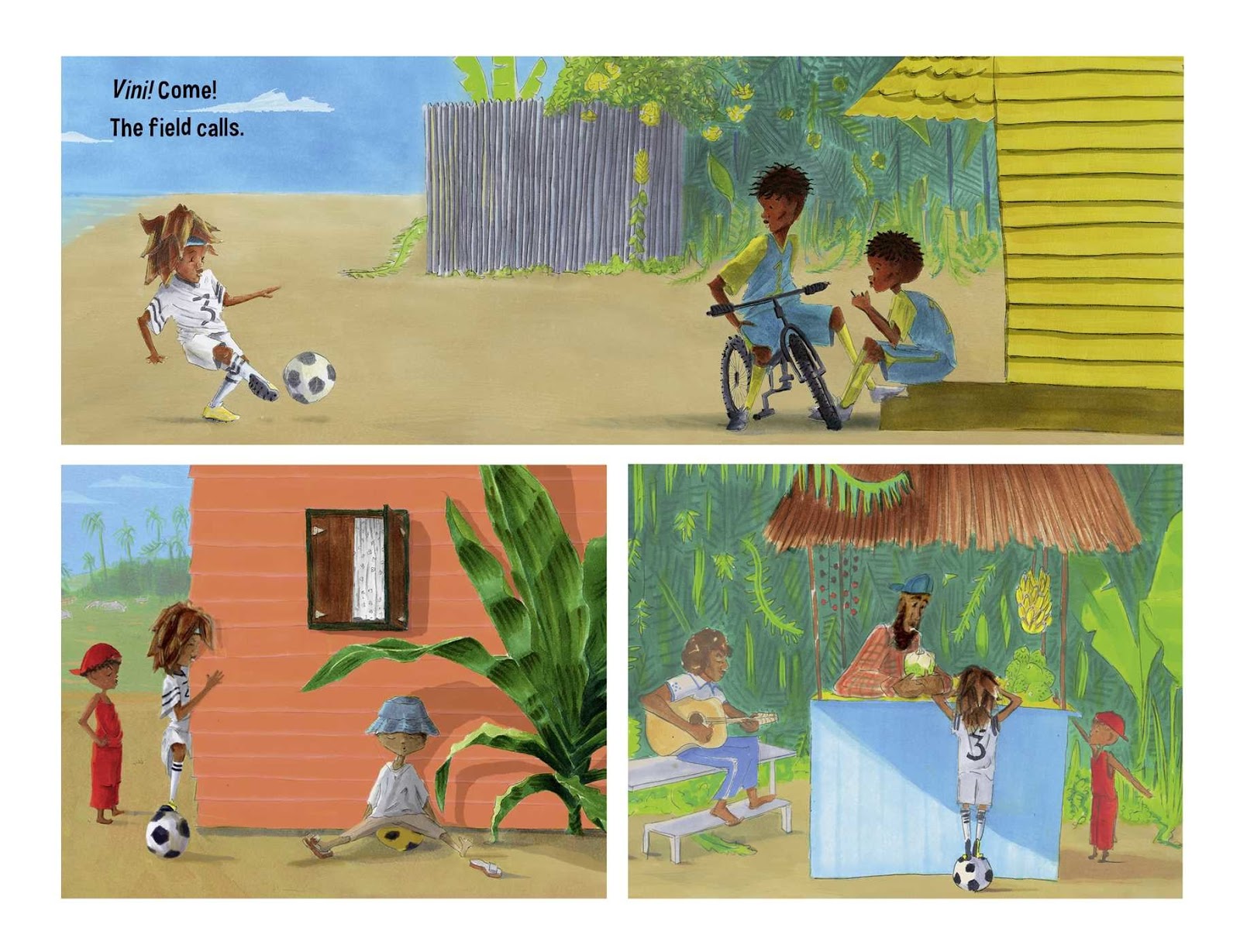
Thank you, Baptiste & Jacqueline, for joining me for a #cbadspotlight interview today!
Alcántara
Kids play soccer all around the world, but the kids in The Field are
playing their soccer game on a Caribbean island (St. Lucia) – can you point out
any elements in the text or illustrations where you were specifically
evoking that setting? Or could this story be anywhere?
tropical feel but at the same time the story could have taken place
anywhere in the world. There are many areas where I tried to create the setting
or at least make the story feel a little different. For me, the use language, more precisely the
Creole words like Vini played and important role in setting up the story to be different. Did you know that while writing this book, I included only a single
illustrator note? I just wanted to see an
illustration of a kid chasing a cow. That made the story more authentic and
giving it that tropical setting feel that I wanted.
Caribbean a lot and it has such a specific feeling with the colorful houses,
the tropical foliage, the mix of backgrounds and skin tones, the lively
culture, the strong, mid-day heat, and the relief that a little rain brings –
so upon first reading the manuscript, I could “see” the place and people and
knew what I wanted the book to feel like overall. However, I haven’t been
specifically to St. Lucia (yet!) so I took a lot of YouTube trips across the
island to explore the landscape, foliage, people, and music. Then I knew
immediately I wanted the first spread to have the character playing in a
tropical forest that opened up to see the field itself, with the ocean in the
distance to place us immediately on a tropical island. Other details such as
the houses on stilts, the mix of characters, clothing, and coconuts help to
place us in the Caribbean! But in my research I also watched soccer games from
around the world and used screenshots of people playing soccer on rooftops in
Tokyo, floating fields in Thailand, to dusty fields in Mozambique. It was
really interesting to see similarities and differences in games across the
world but my goal was to subtly incorporate elements of these different
places/people while overall feeling very genuinely Caribbean.
about now?
as the kids in “The Field” ( I was more of a gymnastics and dance kid) but I
played with my dad growing up and pick-up games with friends during high school.
While the Chicago suburbs are a far cry from life on a tropical island, I drew
upon stories from my dad – who grew up in Honduras and played soccer every day,
just like the kids in The Field. I also drew upon a favorite childhood memory
of mine from a trip to Honduras – visiting my family in the mountains and
playing a nighttime soccer game with some other kids from the village there.
Everyone running on the uneven “field” (also a cow pasture!) in different shoes
– cowboy boots, flip flops, gym shoes. I felt like the sky was so close that
you could just grab a star from the sky. That moment came to me immediately
when I read Baptiste’s manuscript the first time. Although my daily life
wasn’t like these kids, I felt I had a lot from my own experience to draw upon
to make it feel authentic.
Today, my soccer playing is limited. However, when I see kids or anyone playing
with a soccer ball, the magic crawls right back in and I feel like a kid all
over again. As a child, playing in the
rain and the mud was just magical.
felt weird and I struggled to even kick a ball properly. It was in primary
school (middle school). The rules were that you
had to play with shoes on. We were no
match for the other team. The final score was 12 to 0. I often reflect on this
day as one of the most humbling moments of my life. It is often said that you
learn a lot through failure and defeat than always succeeding.
It would be a lie to say that I didn’t think about quitting but I didn’t.
in this story learn anything? What does playing “the beautiful game”
teach them?
through play helped shaped the individual I am today. The story, The Field
mirrors my own life. The Field was the place where l learned some of the
toughest and most beautiful lessons in life.
Lessons such as, failure/defeat, love/hate, unity,
motivation/determination and sportsmanship to name a few. The lessons are many
and I want my readers to take this story and make it their own, find those
hidden lessons and build better communities.
main driving force for the character to start gathering all her friends to
play, is simply that – just to play. To have fun, to be together, to enjoy the
day. So I thought a lot about what the teams would look like and who would
score the goal in the end -as I really wanted the whole story to be about the
entire community of characters, not just the main kid. So I carefully created
the teams and decided the little brother would score in the end. But I love
how Baptiste continues the story after the goal and the game really
ends in just this great anticipation of the characters wanting more. I think
that helped the book feel light, carefree, and fun but also to teach us that
winning or scoring isn’t the reason for doing anything – it’s just for the love
of the game, bringing people together from different moments in their day to
enjoy life and each other. I think we can all learn a lot from remembering
that!
the community together?
soccer is that you can play it by yourself, with one person, or a whole team
and have just as much fun in either situation. I wanted to show this with the
main character playing by themselves in the beginning, but then as the ball
flies onto the open field, getting the idea of gathering friends and organizing
a game. I drew upon stories from my dad’s childhood for some of the characters
– the referee / coconut stand guy is based upon a character from my dad’s life
who was named, “Pollo”, who was the town nurse, and also organized all the
games in his neighborhood. He was also the only one with a television, so
everyone would gather in his living room to watch soccer games. Also he told me
about 2 guys (the twins) who were the best soccer players around – one who went
on to play for the national Honduran soccer team. So I got the idea of 2 older
kids who were clearly amazing soccer players. Many other characters in the book
are based off ideas like this – but what I loved was that the game incorporated
the whole community – soccer brought people together from different moments in
their day – on their way home from school, on a work lunch break, taking a nap
under a tree, whatever! I tried to make it feel like the community drew
together by including different ages, talents, levels of seriousness in the
players.
place in the community. It is the place where the kids were allowed to be kids.
My friends and I often talk about how were the actors performing on the biggest stage. Just like the kids in
the book, the community came out to watch us play — they laughed,
they smiled and they cheered us on.
alternately been described in reviews as a boy or a girl. What do you think
about that as an author or an illustrator? Was that a purposeful illustration
choice or something that just happened organically?
– boy or girl is not important to me because I wrote the story for all kids
even the big kids. I want every child boy or girl to see themselves in The
Field. When I played as a child, there were girls in
the village who played futbol (soccer) with me. This is as much they story as
it is mine.
wanted all the characters to come to the game from different moments in their
day, therefore I dressed them in a wide range of outfits – to really show the
community coming together at the drop of a hat for the pick-up game. But I
really wanted the main character to be obviously a huge soccer fan so I wanted
him/her to be dressed ready for the game. I draw many, many different possible
people (from research photos and screenshots from movies) when I started
working on my character sketches and eventually, they started to morph into one
person – picking features I liked from different sketches. I had found one kid
I just loved the look of in a music video (from St. Lucia) and I think it was a
boy but I couldn’t be sure! I borrowed a lot of features from that boy and
another character who had started out being more girly started to get a bit
more boyish. But once in the soccer uniform – everyone automatically assumed it
was a boy when I showed them! I thought that was really interesting because the
same character in a more girly outfit would obviously be a girl – yet when we
see a kid playing soccer in a soccer uniform, our brains automatically say “
boy”. So I really liked this tension and felt it worked perfectly for the story
as I was really trying to appeal to everyone – old and young, girls and boys,
and represent every shade of skin tone through the characters playing.

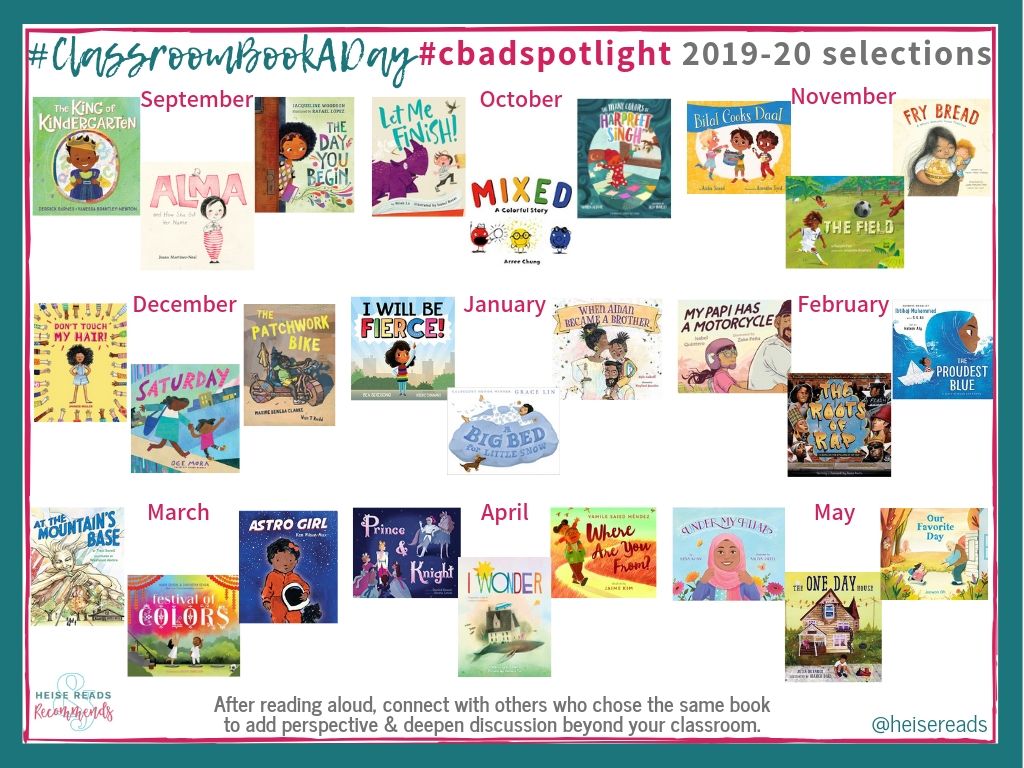
a goal to read aloud a picture book every day of the school year, at any grade,
inspired by Donalyn Miller’s #bookaday.




















